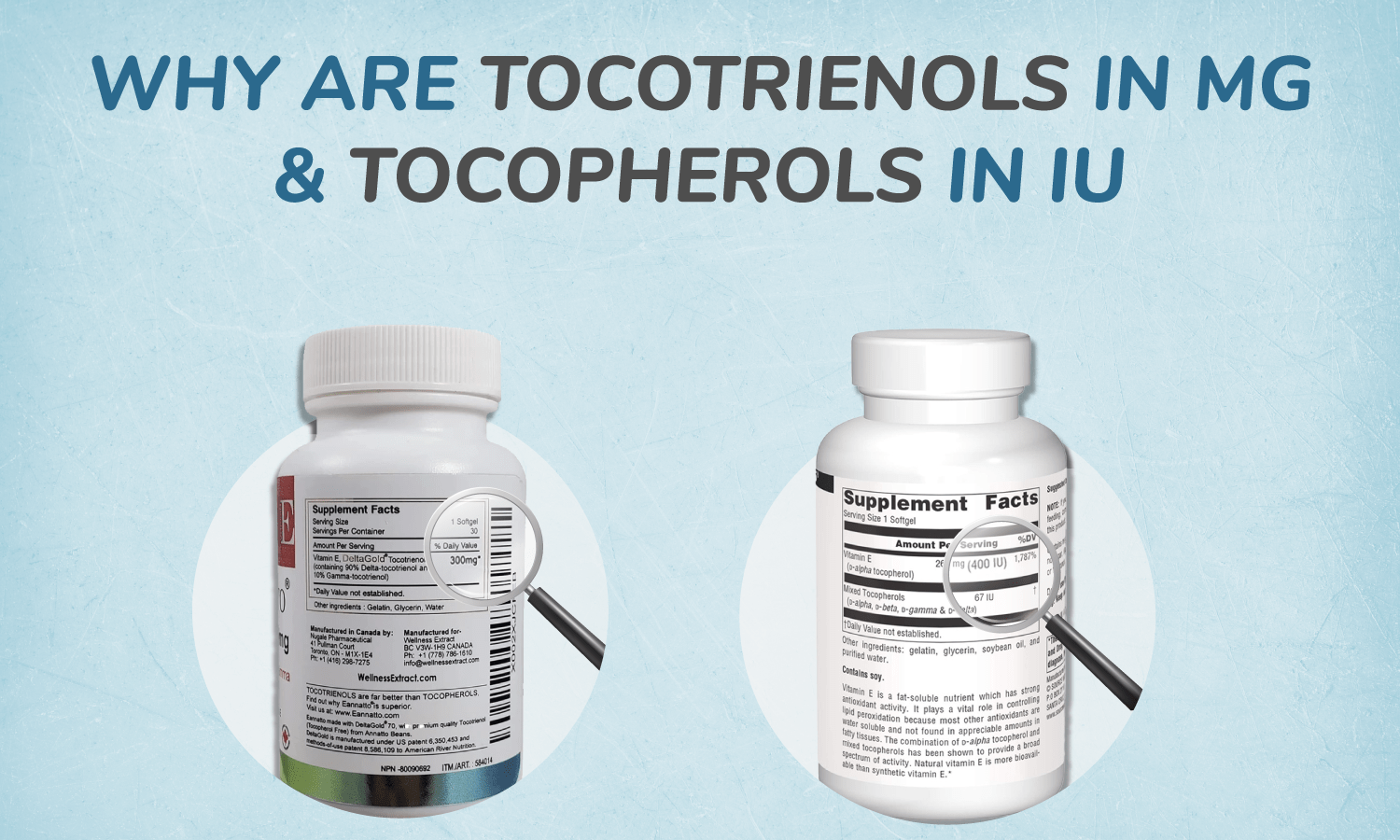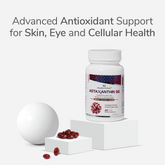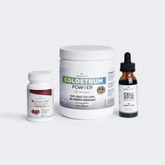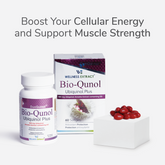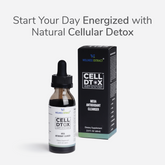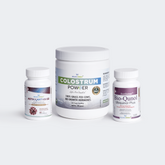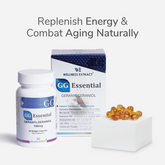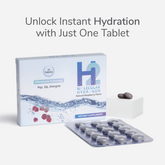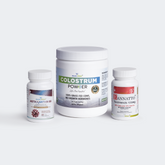Estimated Reading Time: 4 minutes
|Vitamin E, a fat-soluble antioxidant, plays a key role in safeguarding our cells from oxidative stress. Within its family, we find 4 Tocopherols and 4 Tocotrienols, each with unique properties and health implications.
The perplexity often arises when we delve into the units of measurement used for these vital compounds - International Units (IU) and Milligrams (Mg).
This blog aims to demystify these units, spotlighting the FDA's impending shift from IU to Mg and why Tocotrienols, measured aptly in Mg, are emerging as the superior choice in our health and wellness journey.
Vitamin E Units – Reading the Nutritional Labels
The International Unit (IU), once an innovative concept, aimed to quantify the ‘biological effect’ of fat-soluble vitamins like Vitamin E.
However, the IU system, although innovative in its time, has gradually become viewed as outdated. The shift towards a more standardized metric system, particularly Mg, has been propelled by the FDA’s new labeling standard, which underscores the disparities between the two forms of Vitamin E - Tocotrienols and Tocopherols.
In a nutshell, the synthesis of Tocopherol results in molecules that, while maintaining the same molecular weight, are not identical to natural Vitamin E.
This discrepancy is crucial in understanding the potency and efficacy of Vitamin E supplements and why the shift towards Mg as a unit of measurement is not merely a regulatory change but a stride towards clarity and precision in nutritional labeling.
The Shift from Vitamin E International Units (IU) to Mg
The FDA’s transition from IU to Mg in labeling Vitamin E is not arbitrary. 1 mg of natural vitamin E (Tocotrienols) is equivalent to 2 mg of its synthetic counterpart (all-rac-alpha-tocopherol).
This change, effective from January 1, 2020, for companies with annual sales exceeding US$10 million and from January 1, 2021, for those under this threshold, aims to standardize labeling systems, potentially on a global scale.
The shift to Mg, particularly for Tocotrienols, provides a level playing field among Vitamin E isoforms. With IU becoming obsolete, alpha-tocopherol loses its privileged status, allowing other isoforms to shine in the limelight and consumers to make more informed decisions regarding their Vitamin E intake. There has been a shift toward expressing the potency in milligrams (mg) for several reasons:
-
Standardization:
Expressing potency in mg provides a clearer indication of the actual amount of the substance in the supplement. This is more straightforward than the IU measurement, which is based on the biological activity or efficacy of the substance and can vary depending on the specific form of Vitamin E.
-
Comparability:
Using mg as a unit allows for easier comparison between the different forms of Vitamin E. Since each form has different biological activities, using IU can lead to confusion.
-
Consistency with Other Nutrients:
Most vitamins and minerals in supplements are expressed in mg or micrograms (mcg). Using mg for tocotrienols ensures consistency in labeling.
-
Recognition of Different Biological Activity:
Tocotrienols and tocopherols have different biological activities and health benefits. By expressing the content in mg, it helps in distinguishing the amount of each form present without implying equivalent biological activity.
Spotlight on Tocotrienols
Tocotrienols, with their potent antioxidant properties, have been overshadowed by the more commonly known Tocopherols for years. However, emerging research and growing consumer demand for natural sources of Vitamin E are gradually shifting the focus towards them.
Tocotrienols, found naturally in a source like Annatto, have demonstrated promising results in various health-related studies, particularly those exploring cardiometabolic health and neuroprotection.
Measuring Tocotrienols in Mg not only aligns with the FDA’s new labeling standards but also provides a transparent representation of its content, aiding consumers in making well-informed decisions regarding their Vitamin E consumption.
Tocotrienols Take the Crown
So, as we say goodbye to the old IU measurements and hello to the clearer Mg, we’re also waving a big hello to Tocotrienols. With more research, we’re seeing that they might be a better option when it comes to choosing a Vitamin E supplement.
Vitamin E Mg: Frequently Asked Questions (FAQs)
Question: How many mg is 1 IU of vitamin E?
Answer: 1 IU is not the same in Mg for every type of Vitamin E. But as a general rule, 1 IU equals 0.67 mg of the natural Tocotrienols Vitamin E and 0.45 mg of the synthetic Tocopherols.
Question: How much vitamin E is too much?
Answer: Too much of anything isn’t good, and that includes Vitamin E. Most adults should stick to around 125 mg to 300 mg of Tocotrienols per day as a maintenance dosage.
Question: Why is vitamin E measured in IU?
Answer: IU was used to describe how effective Vitamin E is, not how much of it there is. But this is changing, and we’re moving to mg, which tells us how much there actually is.
Question: What is the difference between mg and IU?
Answer: Mg tells us how much something weighs, while IU tells us how effective it is. Mg is a bit clearer for most of us to understand, so we’re moving towards using it for Vitamin E.
Question: Which fruit is rich in Vitamin E?
Answer: Kiwi and mango are two fruits that give you a nice boost of Vitamin E when you eat them. But for a real Vitamin E punch, you might want to look at Annatto seed-derived Vitamin E.
Disclaimer: These statements have not been evaluated by the FDA. The information contained within this page is for educational purposes only. It is not intended to replace the advice or attention of health care professionals.






